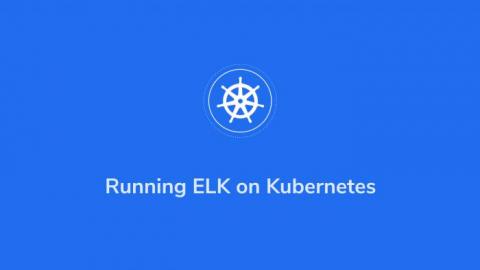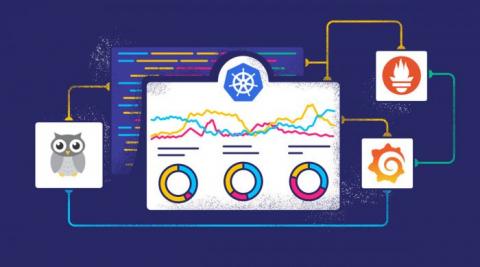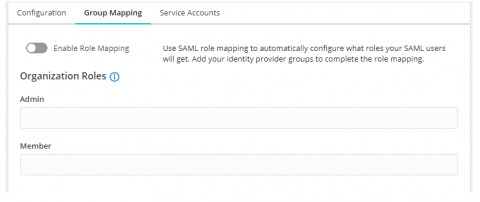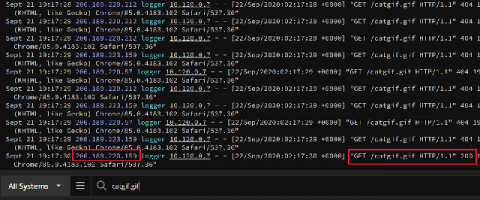Operations | Monitoring | ITSM | DevOps | Cloud
Logging
The latest News and Information on Log Management, Log Analytics and related technologies.
Illuminate 2020 Keynote: Christian Beedgen
Top 10 Elasticsearch Metrics to Monitor
This article is part 2 of a four-part series of articles about Elasticsearch performance monitoring. Part 1 explains what Elasticsearch is and how it works, while in this part, we’re going to look at Elasticsearch’s capabilities and potential use cases, and how to check its status. We’ll identify key metrics that you need to monitor to maintain the health and performance of your Elasticsearch cluster.
How to Address the Most Common Microservice Observability Issues
Breaking down larger, monolithic software, services, and applications into microservices has become a standard practice for developers. While this solves many issues, it also creates new ones. Architectures composed of microservices create their own unique challenges. In this article, we are going to break down some of the most common. More specifically, we are going to assess how observability-based solutions can overcome many of these obstacles.
Running ELK on Kubernetes with ECK - Part 1
More and more employers are looking for people experienced in building and running Kubernetes-based systems, so it’s a great time to start learning how to take advantage of the new technology. Elasticsearch consists of multiple nodes working together, and Kubernetes can automate the process of creating these nodes and taking care of the infrastructure for us, so running ELK on Kubernetes can be a good options in many scenarios.
A Crash Course in Kubernetes Monitoring
Kubernetes monitoring can be complex. To do it successfully requires several components to be monitored simultaneously. First, it’s important to understand what those components are, which metrics should be monitored and what tools are available to do so. In this post, we’ll take a close look at everything you need to know to get started with monitoring your Kubernetes-based system.
New SAML Group Mapping Support
Aggregating Hosted DigitalOcean Logs to Papertrail
Application Performance Management for Microservices with Sumo Logic
20 Best Cloud Monitoring Tools of 2021: Pros & Cons Comparison
When providing services to your customers you need to keep an eye on everything that could impact your success with that – from low-level performance metrics to high-level business key performance indicators. From server-side logs to stack traces giving you full visibility into business and software processes that underpin your product. That’s where cloud monitoring tools and services come into play.











